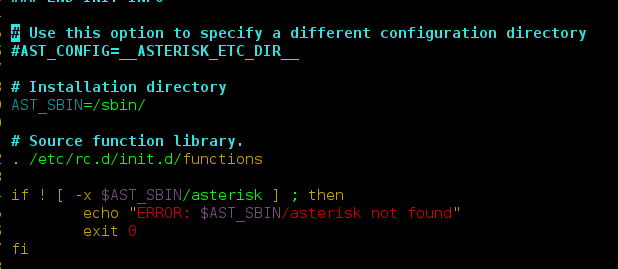In this article, we will get the time in milliseconds using Python. Here, we are using two inbuild modules of Python that is Datetime module and the Time Module to get the time in milliseconds.
Get time in milliseconds using the DateTime module
To get the time in milliseconds we used the DateTime module, Firstly we printed the date time with seconds. In another line, we printed the milliseconds.
Python3
import datetimedt = datetime.datetime.now()print(dt)dt.microsecond / 1000 |
Output:
2022-09-20 00:28:51.400420 400.42
Get time in milliseconds using the Time module
The time.time() method of the Time module is used to get the time in seconds since the epoch. The handling of leap seconds is platform-dependent.
Python3
# Import class time from time modulefrom time import timemilliseconds = int(time() * 1000)print("Time in milliseconds since epoch", milliseconds) |
Output:
Time in milliseconds since epoch 1576071104408
Note: The epoch is the point where the time starts and is platform-dependent. On Windows and most Unix systems, the epoch is January 1, 1970, 00:00:00 (UTC), and leap seconds are not counted towards the time in seconds since the epoch. To check what the epoch is on a given platform we can use time.gmtime(0).




